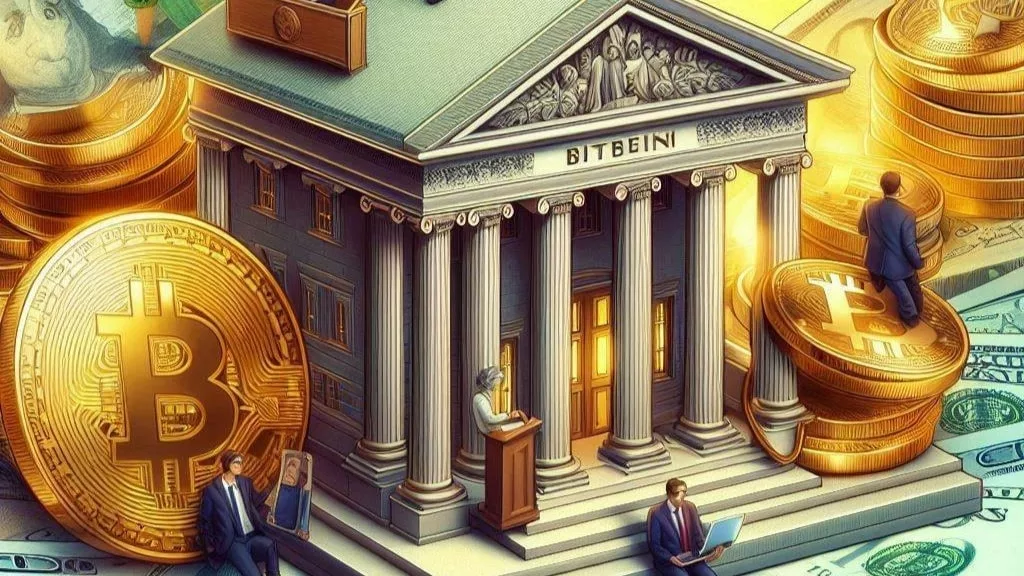
In an unexpected turn of events, Solana’s native token, SOL, has encountered a significant price setback shortly after the much-anticipated partnership announcement with Visa. As of the latest data, SOL is currently valued at $18.40, representing a 5.5% decline compared to Bitcoin, its digital counterpart. Solana, often referred to as Ethereum’s main rival, maintains a market capitalization of $7.56 billion, with a 24-hour trading volume amounting to $338 million.
The sudden drop in SOL’s price has left the cryptocurrency community bewildered, especially given the initial excitement that followed Visa’s declaration of integrating Solana’s blockchain technology to facilitate transactions in the USDC stablecoin.
The Rise and Fall of SOL: A Closer Look
Solana, a blockchain platform renowned for its lightning-fast transaction processing and scalability, had been steadily gaining momentum in the cryptocurrency market prior to this unforeseen price decline. Its strategic partnership with Visa was seen as a pivotal moment for SOL, signaling mainstream adoption and increased utility.
Solana’s Strong Fundamentals
Solana has been making waves in the crypto world due to its impressive technological capabilities. It boasts a blockchain that can handle thousands of transactions per second, far surpassing many of its competitors, including Ethereum. The network’s low fees and rapid confirmation times have made it an attractive choice for developers and users alike.
Additionally, Solana’s ecosystem has been growing at a rapid pace, with a thriving DeFi (Decentralized Finance) sector, NFT (Non-Fungible Token) projects, and a wide range of applications and platforms built on its blockchain. These factors had contributed to a steady rise in SOL’s price and market capitalization leading up to the partnership announcement with Visa.
Visa’s Integration with Solana
Visa, one of the world’s largest payment processors, had set the crypto community abuzz with its announcement of integrating Solana’s blockchain technology. The partnership aimed to leverage Solana’s speed and efficiency to facilitate transactions in the USDC stablecoin, a digital dollar pegged to the value of the U.S. dollar. USDC is widely used in the cryptocurrency space for trading and as a stable store of value.
The prospect of Visa embracing blockchain technology was seen as a significant step towards mainstream adoption of cryptocurrencies and a vote of confidence in Solana’s capabilities. It was expected to open up new avenues for cryptocurrency payments and potentially drive increased demand for SOL tokens.
The Unexpected Price Setback
However, the excitement surrounding the partnership quickly turned into bewilderment as SOL’s price experienced an unexpected setback. The 5.5% decline in SOL’s value in comparison to Bitcoin caught many investors and analysts off guard.
Several factors may have contributed to this sudden price drop. Market sentiment in the cryptocurrency space can be highly volatile, and short-term price fluctuations are not uncommon. Additionally, traders and investors often engage in profit-taking, especially when an asset experiences a rapid price increase leading up to a major announcement.
Furthermore, the broader market conditions can impact individual cryptocurrencies. Bitcoin, as the largest and most influential cryptocurrency, often sets the tone for the entire market. If Bitcoin experiences price fluctuations or a bearish trend, it can have a cascading effect on other digital assets, including SOL.
It’s also worth noting that cryptocurrencies are subject to a wide range of external factors, including regulatory developments, macroeconomic events, and geopolitical tensions. Any news or events related to these factors can significantly impact the market sentiment and prices.
The Road Ahead for SOL
Despite the unexpected setback, Solana’s fundamentals remain strong. The partnership with Visa, while not an immediate price catalyst, still holds promise for the long-term growth and adoption of SOL and blockchain technology as a whole.
As the cryptocurrency market continues to evolve, it’s essential to maintain a long-term perspective. Price fluctuations are a natural part of the crypto landscape, and projects with robust fundamentals often recover and thrive in the face of adversity.
Solana’s lightning-fast transaction speeds and scalability, coupled with its expanding ecosystem, position it as a formidable player in the blockchain space. The integration with Visa underscores the increasing recognition of blockchain’s potential to revolutionize traditional finance and payment systems.
In conclusion, while SOL may have experienced an unexpected price setback following the Visa partnership announcement, the overall outlook for Solana remains positive. The cryptocurrency market is known for its volatility, and short-term fluctuations should not overshadow the long-term potential of blockchain technology and projects like Solana. As the crypto space continues to mature, partnerships and developments like these may ultimately contribute to the broader adoption of cryptocurrencies in everyday financial transactions.



Get the latest Crypto & Blockchain News in your inbox.